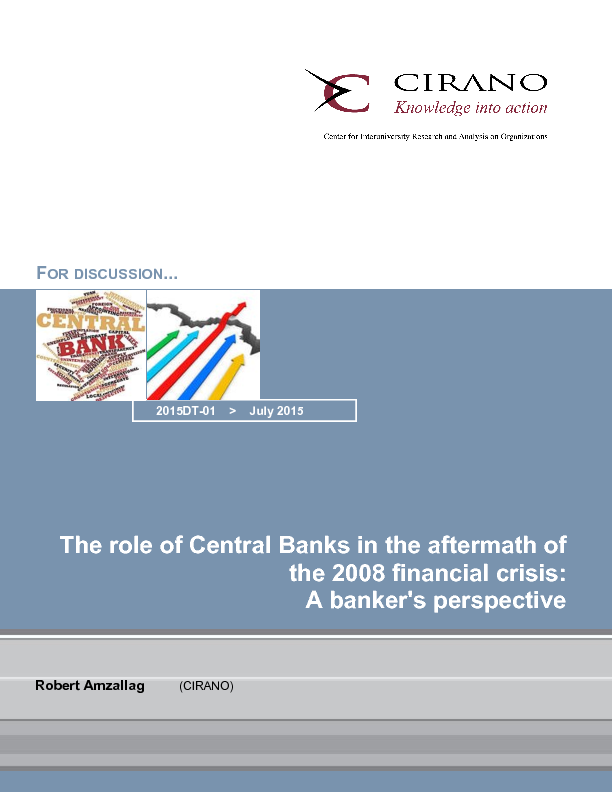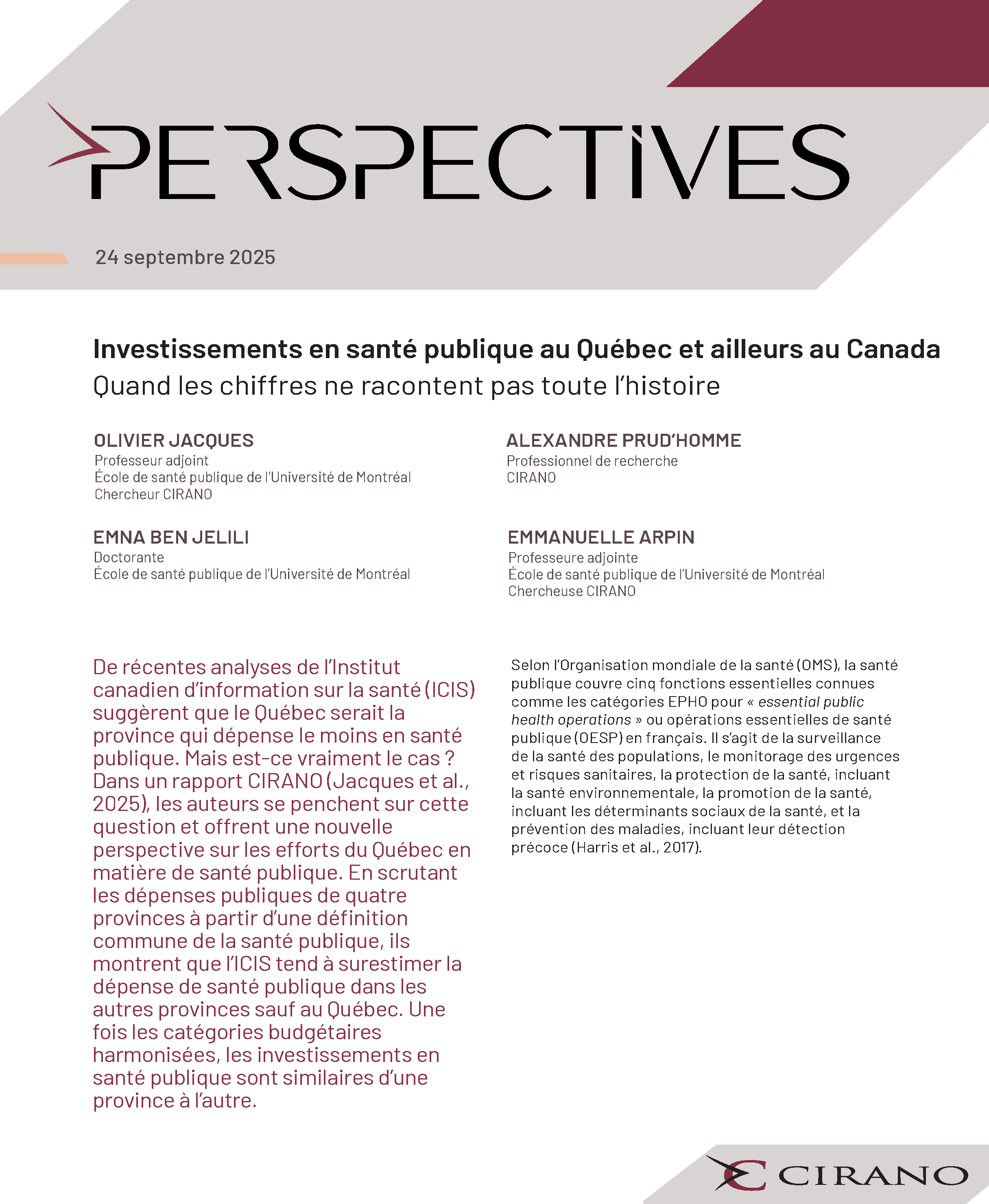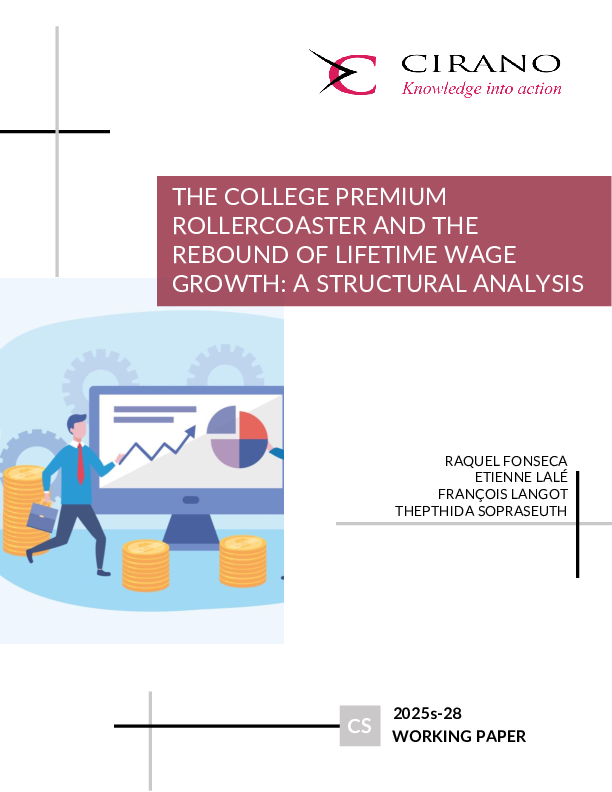The role of Central Banks in the aftermath of the 2008 financial crisis
Central Banks are powerful institutions that can print money, control liquidity and interest rates and, in many countries, regulate their banking system. So much so that governments have wisely restricted their mandates and made them independent from elected politicians. Central banks have traditionally been very discreet and always tried to avoid the limelight. In most situations, they worked in the background, using governments or the banking system resources to guide economic forces away from excesses onto the path of reasonable growth and, in worse case scenarios, to solve economic crises. Until 2008, their decisions, often communicated in impenetrable language, were hardly reported pass the business sections of daily newspapers. Their discreet interventions to regulate or solve a crisis did not make waves beyond the upper financial and banking circle. Fast forward to 2015. Central bank actions are now front page material for daily newspapers. Janet Yellen, Chairman of the US Federal Reserve and Mario Draghi Chairman of the European Central Bank are considered among the most powerful persons in the world and treated by the press as celebrities. When the Chairman of the Fed hints that she might be considering a slight rise in interest rates, markets collapse around the world, there is talk of asphyxiating a fragile recovery and triggering a world recession with political consequences. The recent Eurozone crisis is an even more remarkable example. As political leaders were meeting endlessly in Brussels to try and find a solution to Greece financial default, all eyes turned on the ECB and its Chairman Mario Draghi.
[ - ]




